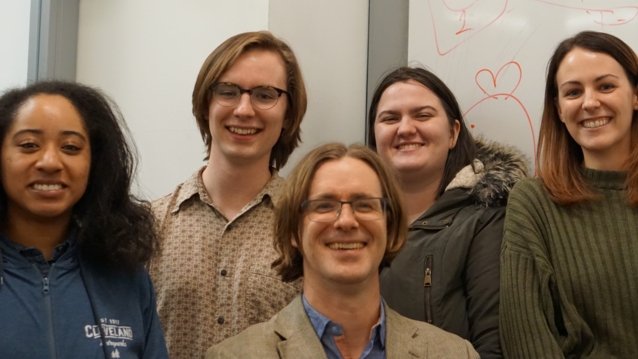ODM360

“We’re creating the most sustainable drone mapping software with the friendliest community on earth.”
OpenDroneMap has long been all about processing data from aerial assets, whether drones, balloons, kites, even planes and satellites have come up now and again. In a recent post, I posited the question: “Are drone enough?” Like a good rhetorical question, the answer is meant to be clear. In many cases, where vegetation is heavy, or buildings are close together and tall (or both!), a drone cannot adequately capture data at the ground in enough detail.

Enter 360 cameras as a method for rapidly collecting photogrammetric data from the ground. There are plenty of cool 360 cameras these days, and in testing, we can get some nice photogrammetric outputs from these cameras. But an issue with these cameras is that they are either “affordable” but super low resolution, unaffordable, but often also unfit for purpose, or some other combination of unsustainable. The real insult is that most of the best solutions out there are built around a bunch of cheap commodity hardware that’s been nicely packaged into a very expensive proprietary package.
A new hardware project
Case Western Reserve University has a really cool project class called EECS 398. Engineering Projects. It’s a boring name for a great class. In it, the students get together in small groups and work on interesting real engineering problems. We had the pleasure this term of working with Gabriel Maguire, Kimberly Meifert, and Rachel Volk on this project, three electrical engineering students with a bright future:


The idea was to put together a 360 camera from a pile of Sony α6000s, with a raspberry pi controller, RTK GPS, and feed those data in an automated way into OpenDroneMap.

The idea has some legs. The final prototype triggered 5 cameras at a time and stored it to disk. We have some work yet to do on syncronization of firing, and low cost RTK GPS.

Ivan Gayton and Hessel Winsemius have jumped in on the fun, and development is continuing to take place here: https://github.com/OpenDroneMap/odm360
Postscript…
“But Steve: 5 Sony α6000s plus their nice lenses isn’t really an affordable 360 camera solution… . I mean $5000 is less than the $20-30k one might spend on a platform with similar specs, but come on!”
Ok, doubting voice in my head, this isn’t affordable, it’s merely more affordable. At it’s core is gphoto2 which gives us the ability to plug in 2500 different possible cameras, so that helps with affordability. But maybe, doubting voice, you are interested not just in cost but in software freedom. Should we be doing this with fully open hardware including the cameras? To this end, we are building out a version with the new High Quality Raspberry Pi camera. At $75 a camera and lens or maybe more like $100 once we include a pi 0 and other parts for control, we get a 72MP 360 camera for 3D reconstruction in the ~$1000 range. And we can get that number lower by using fewer cameras and wider angle lenses, as a tradeoff with quality.

I’m no videographer, but here’s a quick intro on the objectives of the project:
Photo credits: Guojun Yang / CC BY-SA (https://creativecommons.org/licenses/…) Ron Van Oers / CC BY-SA 3.0-IGO (https://creativecommons.org/licenses/…)